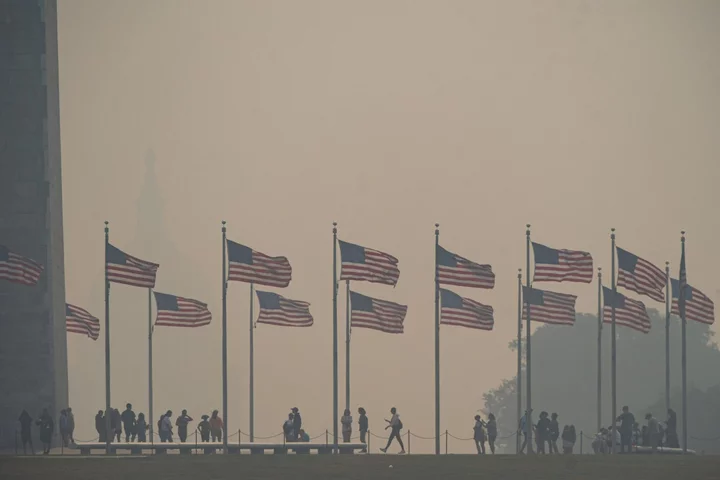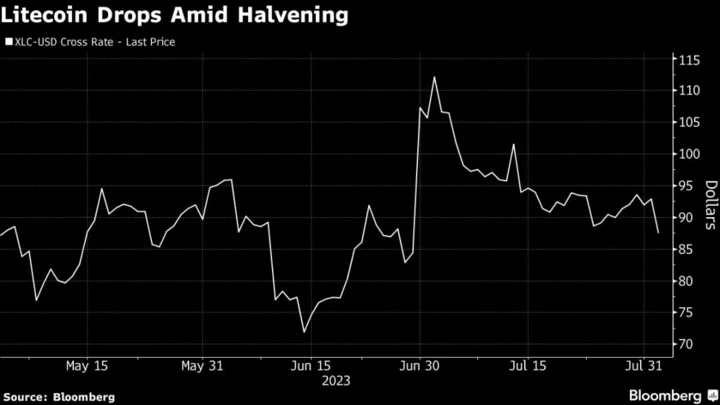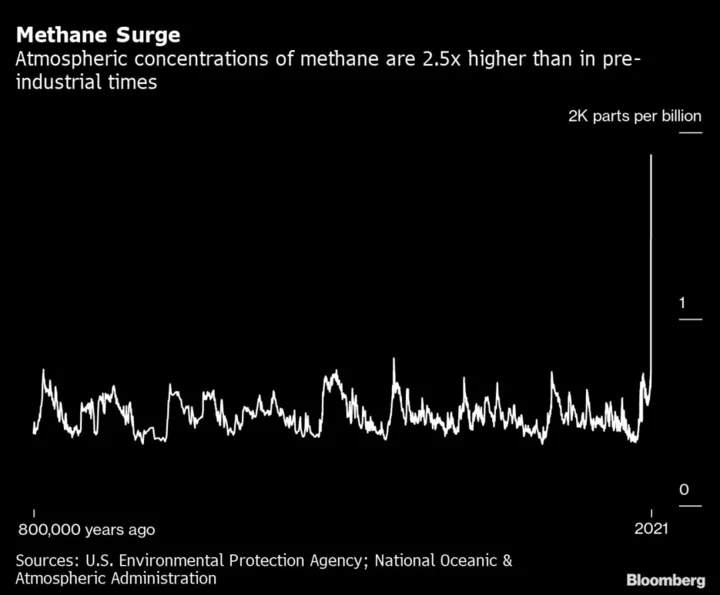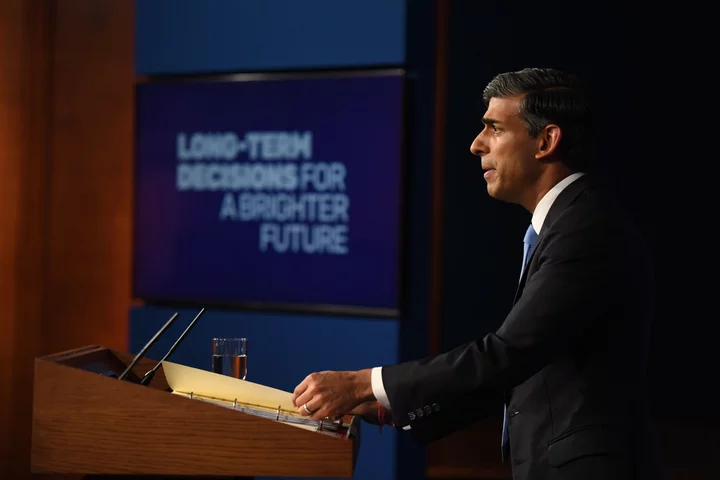Large portions of the US have an above-normal potential for significant wildland fires over the next four months as climate change exacerbates the risk, a Senate panel was told Thursday.
“The climate continues to play an oversized role in the extreme fire weather we are experiencing across the nation and across the continent,” said Jeffery Rupert, director of the Interior Department’s Office of Wildland Fire. “A drier and hotter climate results in low fuel moisture, frequently leads to extreme conditions that produce these large and intense wildfires and megafires.”
Specifically, portions of Alaska, Oregon, Washington, Nevada, Idaho, Montana, the Great Lakes and areas of the Northeast are at risk, Rupert said in testimony before the Senate Committee on Energy and Natural Resources.
Rupert’s testimony came as a blanket of toxic smoke descended on Washington, in addition to large swathes of the eastern US, as the impact of record-setting Canadian wildfires travels south.
“You can see it outside,” West Virginia Senator Joe Manchin, the committee’s chair, said. “And if you’ve been outside, you can sure taste it.”









